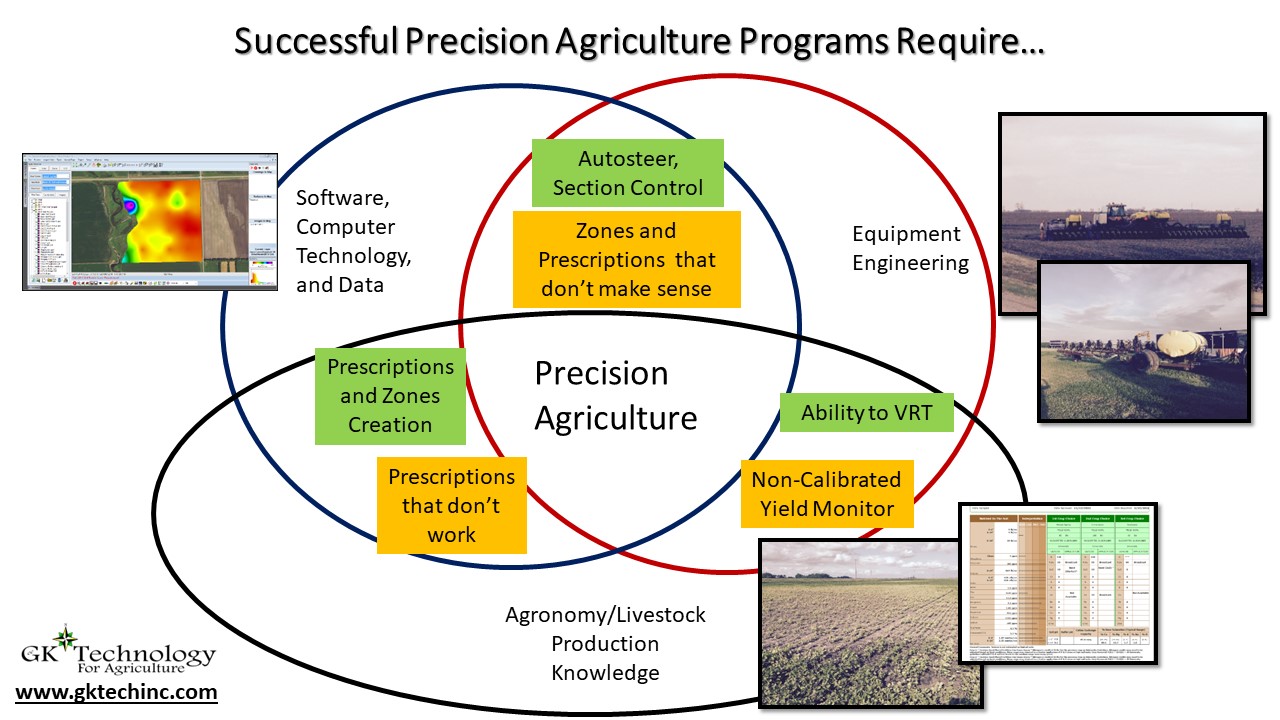Article By Sarah Lovas
Precision agriculture is managing crop inputs from a site-specific standpoint to increase profits, reduce waste, and improve the quality of the crop. Precision agriculture the idea of putting the right number of inputs in the right place in the field and reducing their use, where they won’t benefit the crop. Precision agriculture has become a huge portion of our crop production systems and it has made farming more efficient with their inputs. However, not all farms are harnessing the fullest potential of precision agriculture. If you are considering working with a precision agriculture consultant here are some things to consider.

Successful precision agriculture program should have knowledge about 1) farm equipment such as planters, sprayers, and fertilizer spreaders; 2) agronomy information such as knowledge about crop growth and development, soil fertility, and pests; 3) precision agriculture software knowledge such as knowing how to clean yield data or create management zones. If pieces of this knowledge are missing, parts of a precision agriculture program may be successful, but precision agriculture won’t be able to be maximized for a given farm operation. For example, if someone understands farm equipment and computer software, they may understand how to make the autosteer or section control in the cab of the tractor. If someone understands farm equipment and agronomy information, they may possess the ability to operate a VRT prescription, and if they possess knowledge about precision agriculture software and agronomy knowledge, they may be able to create VRT prescriptions and management zones.
However, when one of these knowledge sectors is missing, the precision agriculture program may not be successful. If someone understands farm equipment and agronomy, but does not understand precision agriculture software, they may produce yield data from the combine that is not calibrated, if the precision agriculture software can “fix it” (which sometimes works, but not always). If someone understands farm equipment and precision agriculture software but does not have an agronomy background, they may create prescriptions or zones that don’t make agronomic sense for the field. If someone has agronomy knowledge and understands precision agriculture software, but not farm equipment, they may create VRT prescriptions that equipment can’t read.
It’s critical to understand all three of these components of precision agriculture and have them successfully interacting. If you are working with a precision agriculture consultant, make sure they understand all three of these components.
